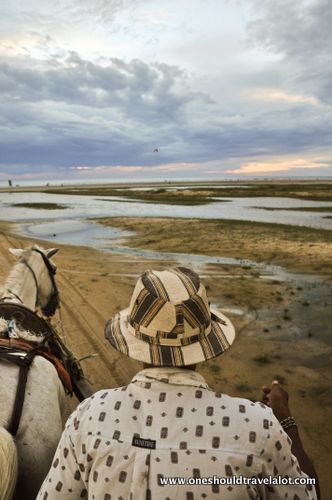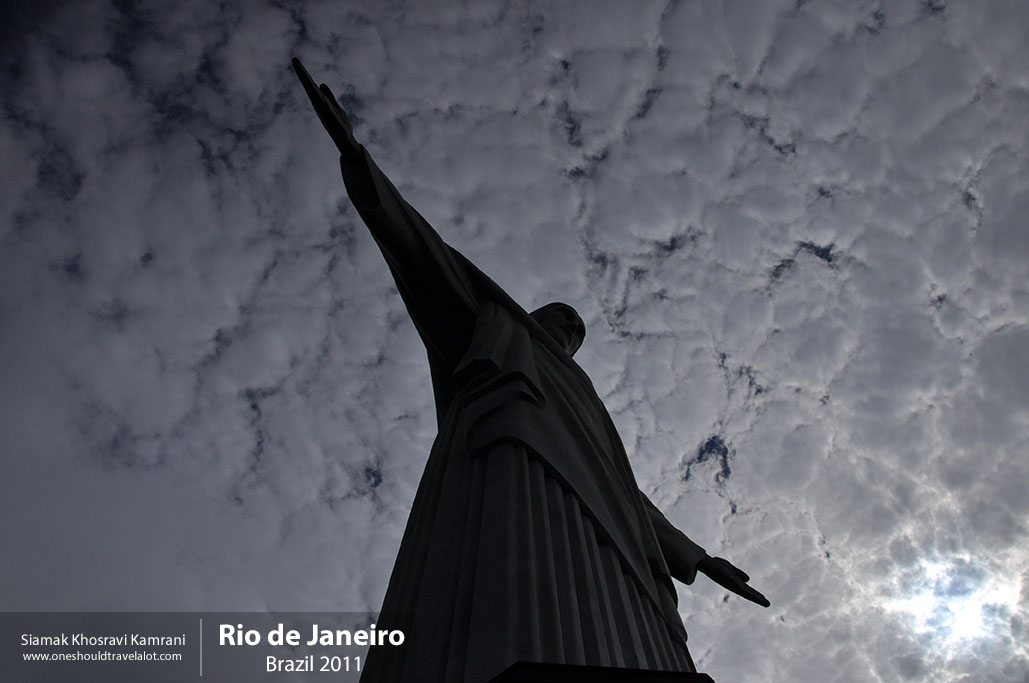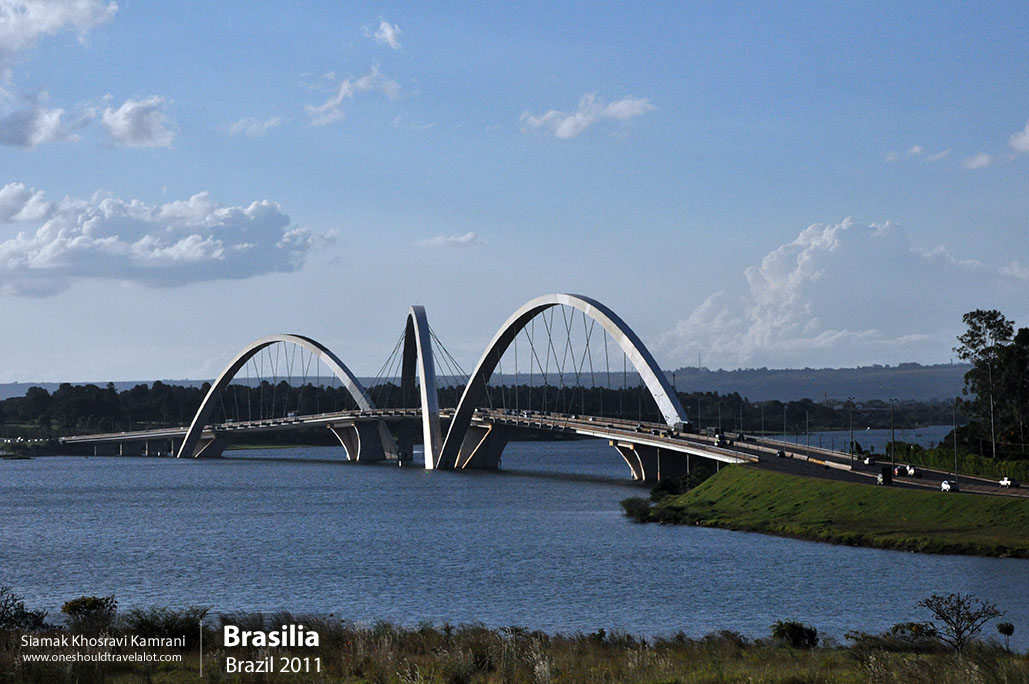Discovering Olinda: A Photographer’s Journey
As the plane began its descent, I peered out the window, eagerly anticipating my first glimpse of Olinda. Nestled on Brazil’s northeastern coast, Olinda is a city that boasts a rich blend of history, culture, and natural beauty. Its name, which means “Oh, beautiful” in Portuguese, is a fitting tribute to its vibrant scenery and colorful streets.
First Impressions of Olinda
From the moment I set foot in Olinda, I was captivated by its charm. The city is perched on a hill overlooking the Atlantic Ocean, with cobblestone streets that wind through neighborhoods filled with pastel-colored colonial houses. Palm trees sway gently in the ocean breeze, adding to the city’s tropical allure. The atmosphere here is a delightful mix of laid-back coastal life and lively cultural vibrancy.
As I made my way to my accommodation, a charming pousada (guesthouse) in the historic center, I couldn’t help but notice the friendliness of the locals. Brazilians are known for their warm hospitality, and Olinda’s residents certainly lived up to this reputation. Greetings of “Olá” and “Bom dia” echoed in the air, making me feel immediately welcome.
Exploring the Historic Center
Olinda’s historic center is a UNESCO World Heritage site, and it’s easy to see why. The area is a photographer’s dream, with every corner offering a new visual delight. I started my exploration at the Alto da Sé, a hilltop plaza that provides panoramic views of the city and the ocean beyond. Here, I captured my first photos of Olinda’s iconic red-tiled rooftops and the lush greenery that surrounds the city.
The Alto da Sé is also home to several historic churches, including the Igreja da Sé, Olinda’s oldest cathedral. Built in the 16th century, this church is a stunning example of colonial architecture, with its white facade contrasting beautifully against the vivid blue sky. Inside, the ornate altar and intricate woodwork offered more opportunities for capturing the essence of Olinda’s rich history.
The Vibrant Culture of Olinda
One of the most striking aspects of Olinda is its vibrant culture. The city is renowned for its arts and crafts, with numerous studios and galleries showcasing the work of local artisans. I visited the Mercado da Ribeira, a bustling market where artists sell everything from colorful paintings to hand-carved wooden sculptures. The market was a sensory overload, filled with the sounds of street musicians and the aroma of freshly cooked street food.
Olinda is also famous for its music, particularly during the annual Carnival. Although I wasn’t visiting during Carnival season, I could still feel the rhythm of the city. Samba and frevo, traditional Brazilian music and dance styles, are an integral part of Olinda’s cultural fabric. Street performers and impromptu dance sessions are common, and it’s impossible not to get caught up in the infectious energy.
Immersing in Local Traditions
To truly understand Olinda, I knew I had to immerse myself in its local traditions. One of the highlights of my trip was attending a Maracatu rehearsal. Maracatu is a traditional Afro-Brazilian performance that combines drumming, singing, and dancing. The rehearsal took place in a community center, where locals of all ages gathered to practice. The powerful beats of the drums and the vibrant costumes made for a mesmerizing spectacle, and I was grateful for the opportunity to photograph this unique cultural expression.
Another memorable experience was sampling the local cuisine. Olinda’s food is a delightful fusion of indigenous, African, and Portuguese influences. I tried acarajé, a deep-fried ball of black-eyed pea dough filled with spicy shrimp, and tapioca, a versatile starch that can be prepared in both sweet and savory dishes. Each meal was a feast for the senses, with bold flavors and fresh ingredients that reflected the region’s diverse culinary heritage.
Language and Ethnicities in Olinda
Portuguese is the official language of Brazil, and it’s the primary language spoken in Olinda. However, I found that many locals also speak basic English, especially in tourist areas. My attempts to converse in Portuguese were met with patience and encouragement, and I appreciated the opportunity to practice and learn.
Olinda is a melting pot of ethnicities, with a population that includes descendants of indigenous peoples, African slaves, and European settlers. This diverse heritage is evident in the city’s cultural practices, religious traditions, and even its architecture. The fusion of different influences has created a unique identity that is distinctly Olinda.
The Standard of Living and Societal Conditions
As I spent more time in Olinda, I observed a city of contrasts. While the historic center is well-preserved and attracts many tourists, some areas on the outskirts of the city face economic challenges. Despite these disparities, there is a strong sense of community and resilience among the residents.
The standard of living in Olinda varies, with wealthier neighborhoods offering modern amenities and a higher quality of life. However, even in less affluent areas, the warmth and hospitality of the people shine through. Social programs and community initiatives play a crucial role in supporting those in need and fostering a sense of solidarity.
Capturing the Essence of Olinda
As a photographer, Olinda provided an endless array of subjects to capture. From the bustling markets and historic churches to the lively street scenes and stunning coastal views, every moment was a photographic opportunity. One of my favorite shots was taken at sunset, with the golden light casting a warm glow over the city’s rooftops and the ocean shimmering in the distance.
The people of Olinda were equally captivating subjects. Their expressive faces and vibrant clothing added a human element to my photos, telling the story of a city that is alive with tradition and culture. Whether it was a street vendor selling coconuts or a child playing in the plaza, each encounter added depth to my understanding of Olinda.



